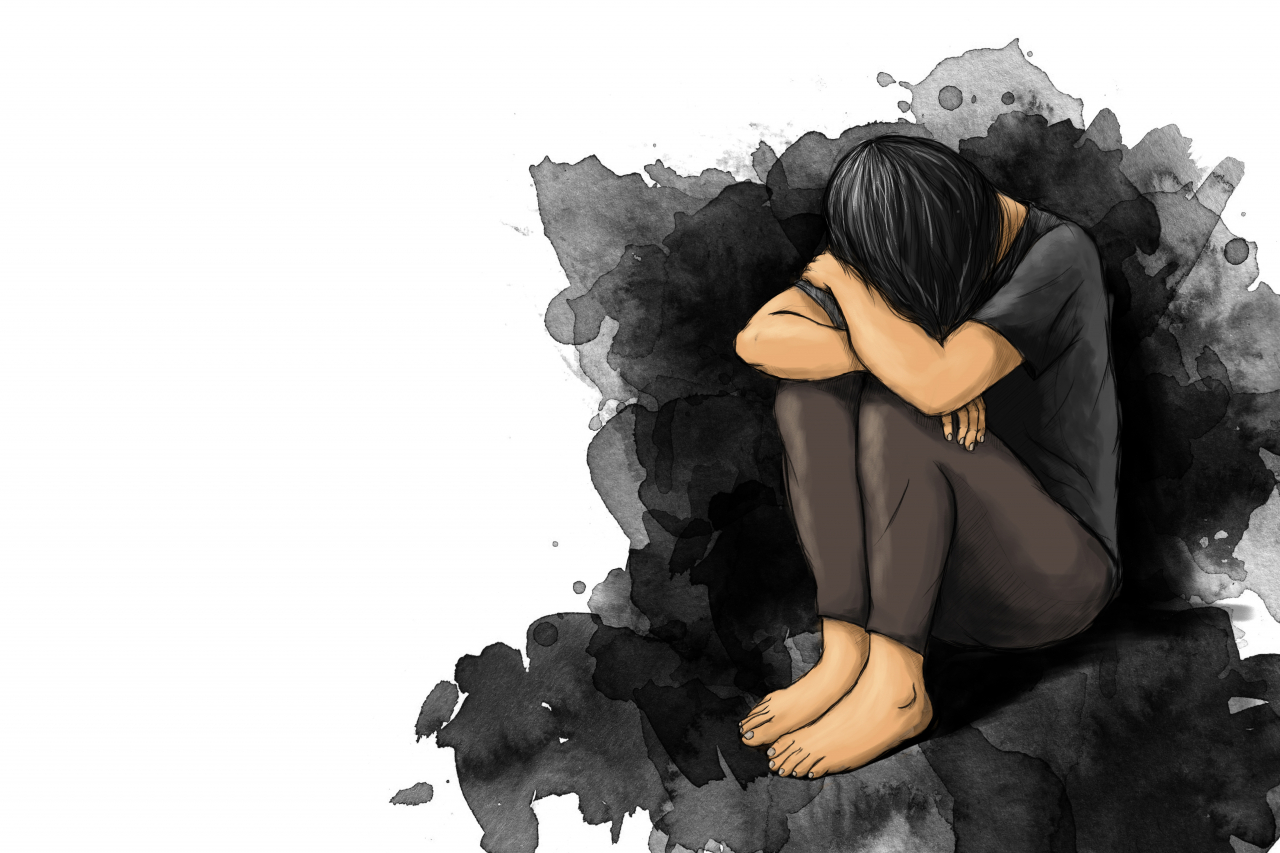Pandemic left Korea more depressed than before: report
By Yoon Min-sikPublished : May 5, 2024 - 16:01

The South Korean government downgraded the COVID-19 crisis level to the lowest level on May 1, but a recent report indicates that the years of the pandemic have nonetheless left a lasting mark on people here in the form of depression.
According to the Korea Disease Control and Prevention Agency's report on depression in South Korea, 7.3 percent of the adult population experienced depression in 2023.
The study was conducted on 230,000 adults across the country, and defined depression as "experiencing at least two weeks of severe depression that caused a hindrance to their daily lives."
The portion of those who have experienced depression had been trending downward before the COVID-19 outbreak to mark 5 percent in 2018, which was the lowest figure in the previous 10 years. The figure rebounded to 5.5 percent in 2019 and 5.7 percent in 2020, before jumping a full 1 percentage point to mark 6.7 percent in 2021, 6.8 percent in 2022 and then a 10-year high of 7.3 percent in 2023.
"It appears that mental health worsened as the COVID-19 pandemic went on, and even after resuming normal everyday life, we suspect that the country has still not fully recovered," the report said.
South Korea on Wednesday lowered the crisis level of COVID-19 to "attention," the lowest of the four-grade crisis level, from "alert," in a move to return fully to pre-pandemic normalcy, according to the Central Disaster and Safety Countermeasure Headquarters.
The report showed that 2023 depression levels of those living in metropolitan areas (7.8 percent) were higher than those living in smaller cities (7.5 percent) or in rural areas (7.1 percent). Metropolitan areas were defined as cities with a population of at least 300,000, or districts of cities that have at least 500,000 inhabitants.
Compared to before the pandemic, rates of depression rose in all of the 17 metropolitan areas and provinces across the country except for Incheon, which went from 7.6 percent in 2019 to 6.5 percent in 2023. The most prominent increase was observed in the cities of Sejong, Daejeon and Ulsan, which rose by 3.9 percent, 3.7 percent and 3.2 percent in the same period to mark 8.8 percent, 7.9 percent and 8.7 percent, respectively.
Sejong, in particular, went from having the fourth-lowest depression rate in 2019 to being one of the most depressed regions in the country in 2023.
The country's capital of Seoul, the most populated city, hit a 8.3 percent depression rate. Seoul's rate even surpassed the 10 percent mark in the districts of Jung-gu and Seodaemun-gu, which logged 10.1 percent and 10.5 percent, respectively.
In general, it was found that certain groups of people were more likely to experience depression than others.
Women in South Korea were 1.6 times likely to experience depression than men, while those not working were 1.5 times more likely to do so than those who work. Singles were 1.4 times more likely to experience depression than those with spouses. The likelihood of depression was 1.6 times higher for people with monthly household incomes of under 2 million won ($1,450), compared to those making 5 million won or more.
One's mental health was a major factor in depression, as people who said they were frequently stressed out were 5.7 times more likely to experience depression than those who were not. Those who conceived themselves to be in poor physical health were 2.8 times more likely to be depressed than those who were not.
Physical health was another major factor, as the report also showed that those who do not walk frequently were 1.3 times more likely to experience depression than those who do. People who do not regularly conduct a moderate level of physical activity -- such as riding a bike or walking quickly -- are 1.2 times more likely to be depressed than those who do.



















![[Today’s K-pop] Treasure to publish magazine for debut anniversary](http://res.heraldm.com/phpwas/restmb_idxmake.php?idx=642&simg=/content/image/2024/07/26/20240726050551_0.jpg&u=)